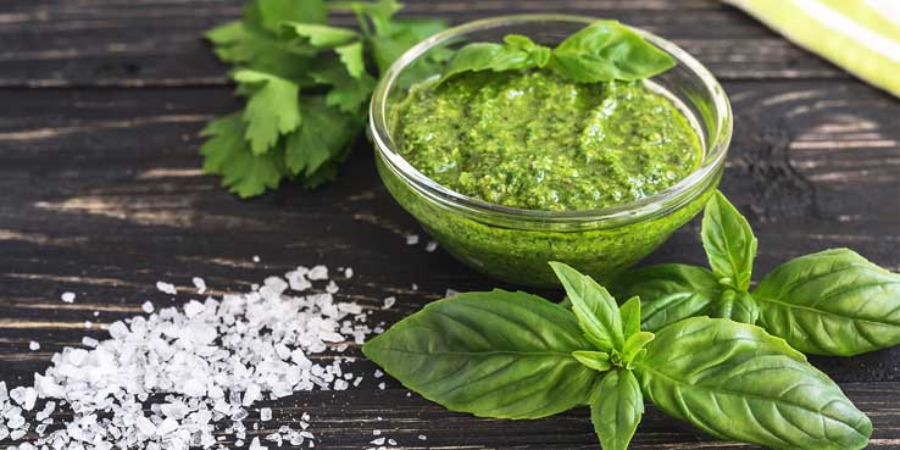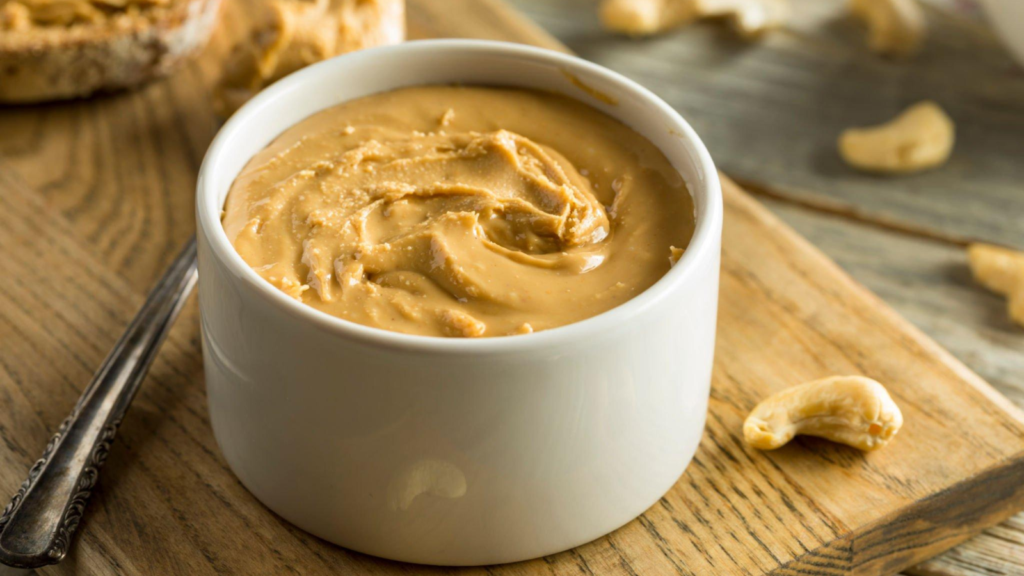Pesto is a beloved sauce that has captured the hearts and taste buds of many. But is pesto healthy? This question often arises among health-conscious individuals and food enthusiasts alike. In this article, we’ll delve into the nutritional aspects of pesto, explore its ingredients, and evaluate its health benefits and potential drawbacks.
What is Pesto?
Pesto is a traditional Italian sauce made primarily from basil, garlic, pine nuts, Parmesan cheese, and olive oil. Originating from Genoa, it has become a staple in various cuisines worldwide. Its vibrant green color and rich flavor make it a versatile addition to pasta, sandwiches, and even salads.
Ingredients Breakdown
| Ingredient | Nutritional Benefits | Potential Concerns |
|---|---|---|
| Basil | Rich in antioxidants; anti-inflammatory | None notable |
| Garlic | Boosts immune system; lowers blood pressure | May cause digestive issues in some people |
| Pine Nuts | Source of healthy fats; high in protein | Caloric density; may cause allergies |
| Parmesan Cheese | Calcium-rich; adds flavor | High in sodium; lactose intolerance issues |
| Olive Oil | Heart-healthy fats; anti-inflammatory | High in calories |
Nutritional Profile of Pesto
To determine if pesto is healthy, we must examine its nutritional profile. Here’s a breakdown based on a typical serving size (about 2 tablespoons):
- Calories: 150-200
- Fat: 15-20g (mostly healthy fats)
- Carbohydrates: 2-4g
- Protein: 3-5g
- Fiber: 0.5g
- Sodium: 200-300mg
Healthy Fats vs. Unhealthy Fats
Pesto is primarily made with olive oil and pine nuts, both of which are sources of healthy monounsaturated fats. These fats can help reduce bad cholesterol levels and lower the risk of heart disease.
Antioxidants and Nutrients
The basil in pesto is packed with antioxidants like flavonoids and polyphenols. These compounds combat oxidative stress in the body, potentially lowering the risk of chronic diseases.
Health Benefits of Pesto
Let’s explore some key health benefits associated with pesto:
- Heart Health: Pesto is rich in heart-healthy ingredients. Olive oil can help reduce inflammation and improve cholesterol levels. Studies suggest that diets high in monounsaturated fats can lower the risk of cardiovascular diseases.
- Anti-inflammatory Properties: Garlic and basil both possess anti-inflammatory properties. Regular consumption may help reduce inflammation in the body, which is linked to various chronic diseases.
- Nutrient Dense: With its combination of ingredients, pesto provides essential vitamins and minerals such as vitamin K (from basil), calcium (from Parmesan), and magnesium (from pine nuts).
- Versatile Culinary Uses: Pesto can be used in numerous dishes—pastas, salads, sandwiches, or even as a dip—making it easy to incorporate into a balanced diet.
Potential Drawbacks of Pesto
While pesto has many health benefits, there are some considerations to keep in mind:
- Caloric Density: Pesto is calorie-dense due to its fat content. For those watching their caloric intake, moderation is key. A little goes a long way!
- Sodium Content: Store-bought pestos can be high in sodium due to added preservatives. Always check labels if you’re concerned about salt intake.
- Allergies: Pine nuts can trigger allergic reactions in some individuals. If you have nut allergies, consider using sunflower seeds or pumpkin seeds as an alternative.
Homemade vs. Store-Bought Pesto
When considering whether pesto is healthy, the preparation method matters greatly.
Homemade Pesto
Making pesto at home allows for control over ingredients:
- Fresh Ingredients: Use organic basil and high-quality olive oil.
- Adjustable Salt Levels: You can reduce or eliminate added salt.
- Customizable: Substitute ingredients based on dietary needs (e.g., nut-free).
Basic Homemade Pesto Recipe:
Ingredients:
2 cups fresh basil leaves
1/2 cup olive oil – 1/3 cup pine nuts (or alternative)
1/2 cup grated Parmesan cheese
2 cloves garlic – Salt to taste
Instructions:
1. Combine all ingredients in a food processor.
2. Pulse until smooth.
3. Adjust seasoning as needed.
Store-Bought Pesto
Store-bought options can be convenient but often contain preservatives and higher sodium levels:
Pros:
- Quick and easy
- Variety of flavors available
Cons:
- Often higher in sodium
- May contain additives or preservatives
How to Incorporate Pesto into Your Diet
If you’re wondering how to enjoy pesto while maintaining a healthy lifestyle, consider these tips:
- Use as a Flavor Booster: Instead of drowning your pasta in heavy sauces, use a small amount of pesto for flavor without excess calories.
- Spread on Whole Grain Bread: A thin layer of pesto on whole grain bread makes for a nutritious sandwich base.
- Add to Vegetables: Mix pesto with roasted vegetables for an extra punch of flavor.
- Salad Dressing Alternative: Combine pesto with vinegar or lemon juice for a zesty salad dressing.
Real-Life Examples: Pesto Lovers’ Stories
Many individuals have discovered the joys of incorporating pesto into their diets while reaping health benefits:
Sarah’s Transformation
Sarah struggled with meal prep until she discovered homemade pesto. By adding it to her meals, she found it easier to eat more vegetables while enjoying flavorful dishes without excess calories.
Tom’s Heart Health Journey
Tom was advised by his doctor to lower his cholesterol levels. He incorporated more heart-healthy fats like olive oil from pesto into his diet and saw significant improvements during his next check-up.
Conclusion: Is Pesto Healthy?
So, is pesto healthy? The answer largely depends on how you use it!
When made from fresh ingredients and consumed in moderation, pesto can be a nutritious addition to your diet packed with flavor and health benefits. However, be mindful of portion sizes and opt for homemade versions when possible to control added salt and preservatives.
Incorporating pesto into your meals can enhance not only your culinary experience but also your overall health! Enjoy it responsibly, and savor every bite!


